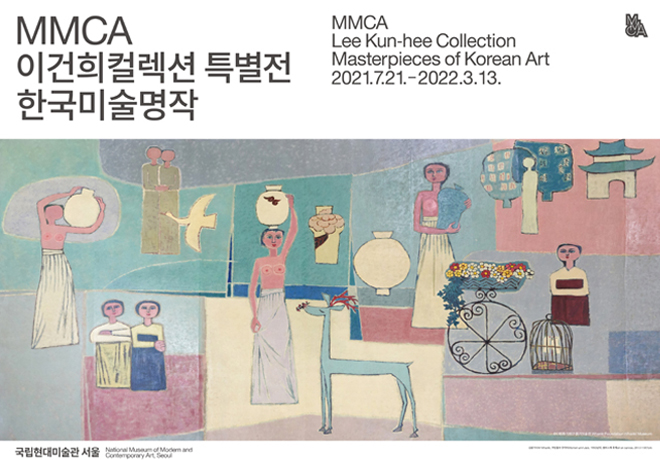1. Introduction
Hello, and welcome to this retrospective of the artist Kim Tschang-Yeul here at the National Museum of Modern and Contemporary Art, Korea.
Our museum has been regularly showcasing exhibitions based on special research into leading artists and the art of their time as we help to define and advance the understanding of Korean contemporary art.
This year, we spotlight the artist Kim Tschang-Yeul.
This exhibition, the first large-scale retrospective since his passing, offers a comprehensive overview of his creative journey. To many of us, Kim is affectionately known as the ‘water drop painter.’ Using his unique visual language, he carved himself an unmistakable place within Korean art and on the global stage.
What’s less widely known is that his work emerged out of the upheavals of Korea’s modern history—through war, national division, ideological conflict, and the struggle for survival. He lived his life carrying a heavy sense of responsibility, even guilt, for having survived this turmoil. This exhibition takes you along the path that led Kim to his signature water drops. It starts from his raw, heavy early works that confronted the scars of war, moves through the stark abstractions of his New York years as he grappled with identity and existence, and culminates with the water drop paintings he perfected in Paris. Despite the many hardships he faced, Kim spent his final decades devoted to painting water drops. Behind those drops lies a journey of pain and mourning—one that leaves us with a deep sense of resonance and quiet beauty.
Despite his international standing, there has never been a truly balanced examination or systematic study of his work across different periods. His New York period in particular has long been overlooked. It is rarely explored in exhibitions or discussed in depth. This retrospective brings to light many previously unseen works and materials as we re-examine that chapter of his life.
It is hoped that this exhibition will help with the appreciation of Kim Tschang-Yeul’s place in art history. It also offers a chance to better understand the human struggles and the depth of thinking that underlie his work.
